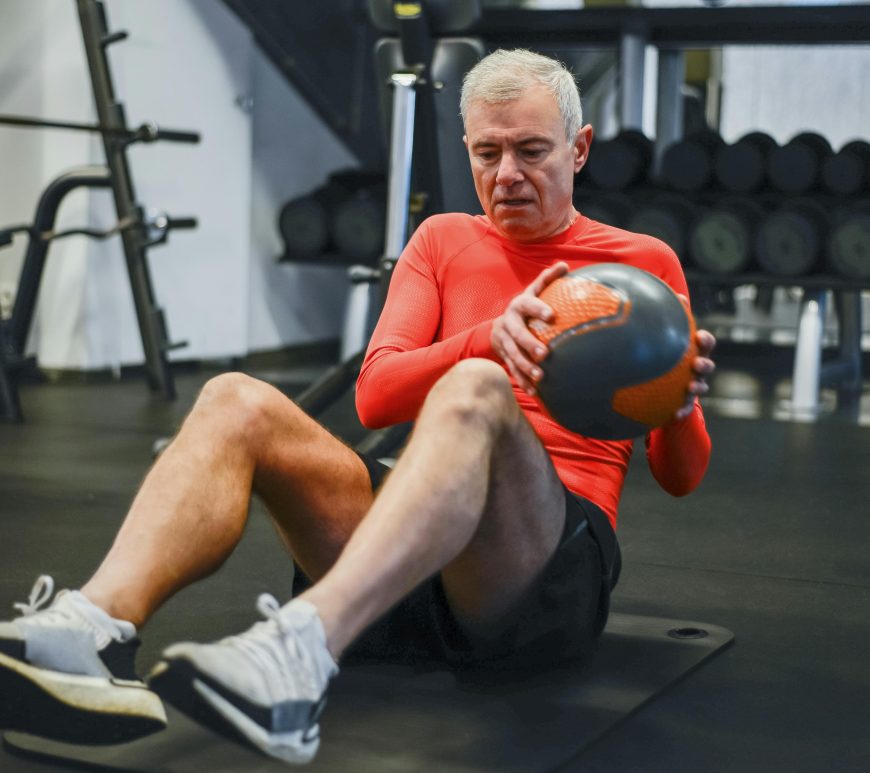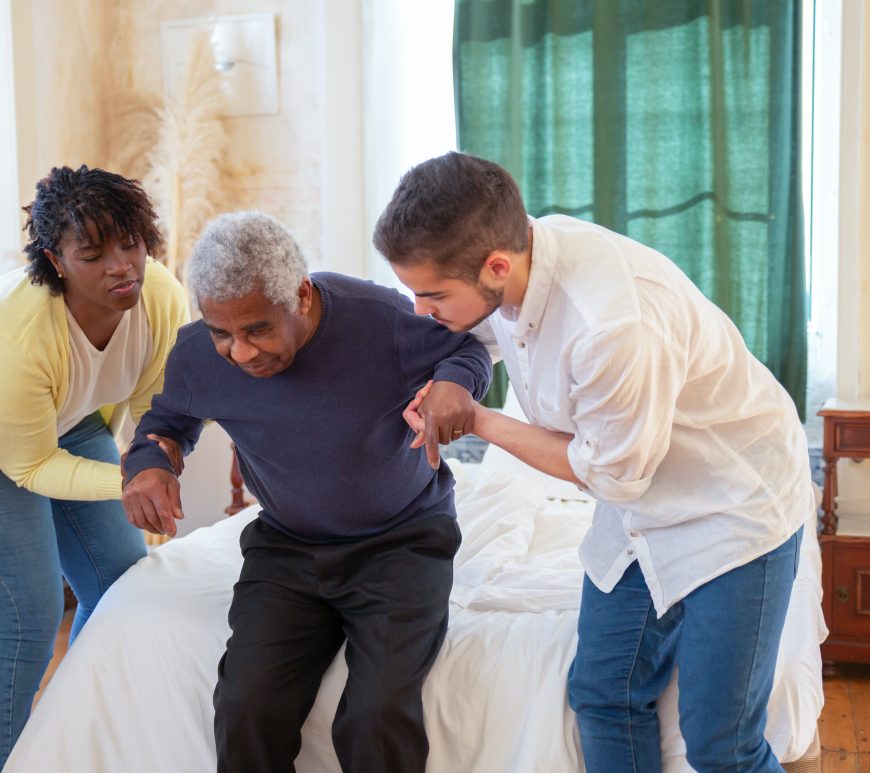
What predicts dropout in exercise interventions for frail older adults?
In 2000, Schmidt, et. al., delved into the dynamics of attrition within an exercise program designed to enhance physical function in frail older individuals. With a focus on two distinct exercise modalities—class-based and self-paced—the study aimed to identify the reasons behind participant dropout and potential predictors of attrition. The study enrolled 155 community-dwelling older individuals, averaging 77.4 years of age, with mild to moderate mobility … Continue reading What predicts dropout in exercise interventions for frail older adults?

